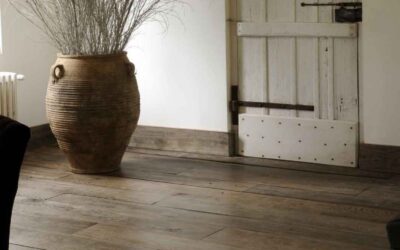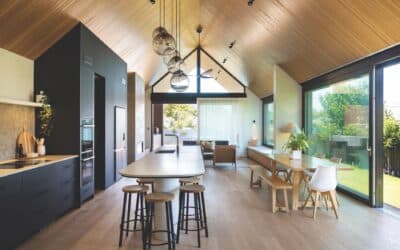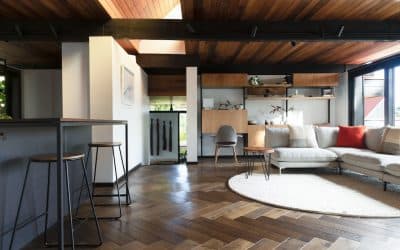The use of complementing woods on walls, ceilings and cabinetry is for the individualist who appreciates the beauty intrinsic to wood.
With Admonter’s range of wall cladding and panels, you can easily lift your interior to an inspiring level. You may choose to use either matching wood colours (the same as your Admonter natural wood floorboards), or complementing colours combined with unique textures to encourage an organic, natural ambience.
Panels: Natural wood panels from Admonter let you give full rein to your creativity in all manner of different situations, whether you chose a classic hardwood or reclaimed and aged wood panel, Admonter wood panels have earned a name for themselves.
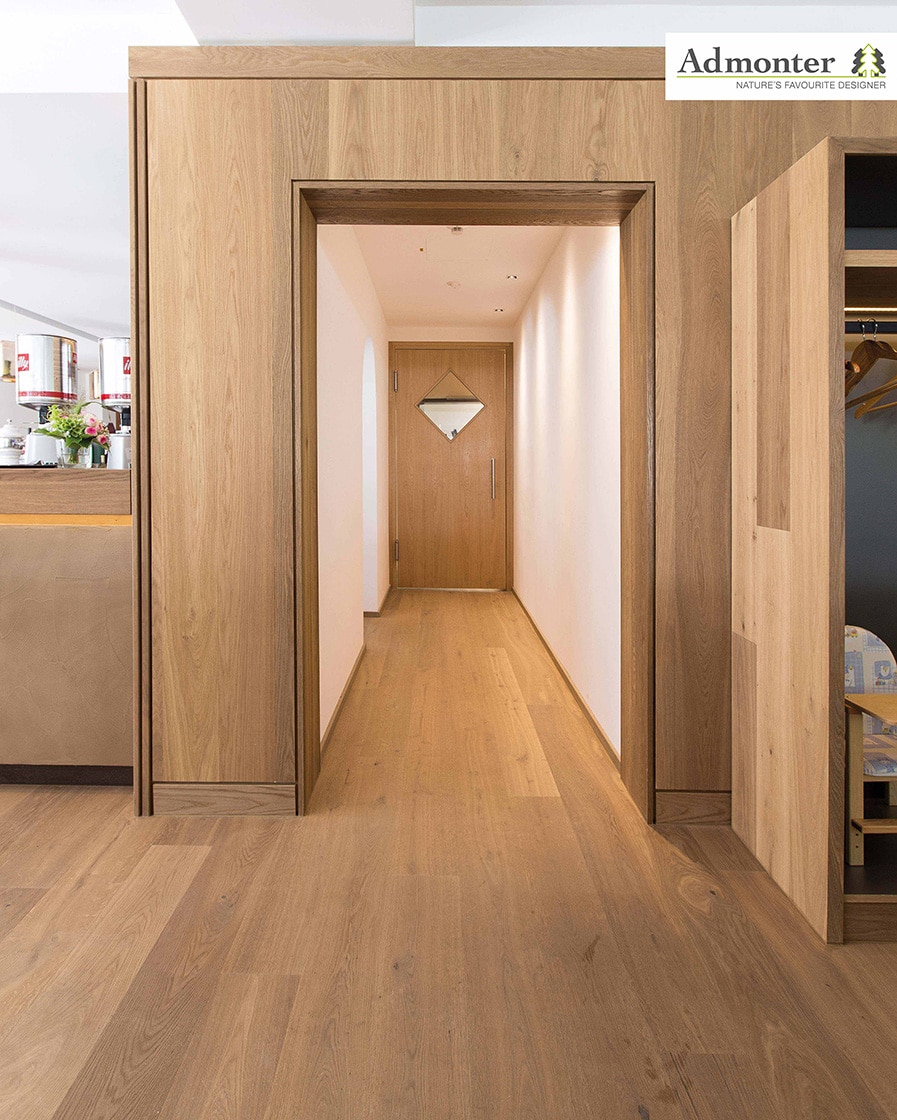

Cladding: A range of wall elements are available such as Galleria or CUBE. These are interlocking engineered wood panels that work in a similar way to floorboards (installed in a random/brick pattern). This special range of cladding features textures and designs not possible to achieve with floorboards.
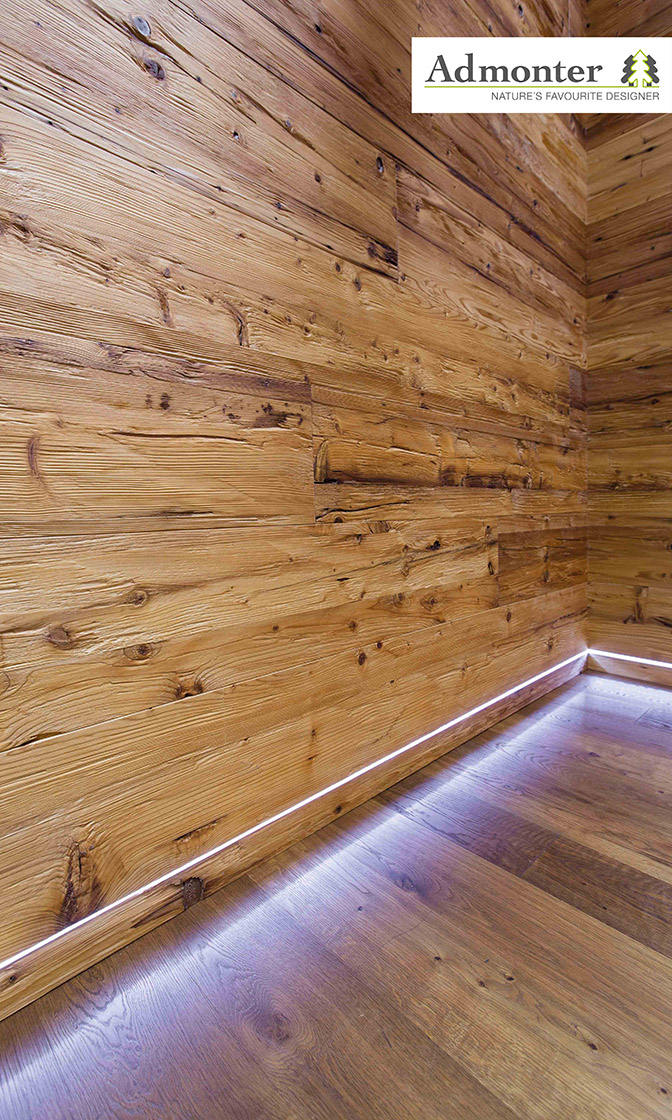
Admonter Galleria Reclaimed Wood H2 Hacked

Admonter Cube
